Choosing which tequila to use in a cocktail is an essential part of enjoying your drink to its fullest. But learning which ones you shouldn’t use is even more important. After all, you wouldn’t use your best malbec to prepare a Spanish sangría, right? Likewise, you’ll want to keep your best tequilas away from sodas and sparkling water.
Beyond the price of a bottle, it’s important to know which tequila will add the right flavor notes to your cocktail. Let’s say you’re preparing a margarita — should you use añejo, reposado or joven? The answer is not that simple.
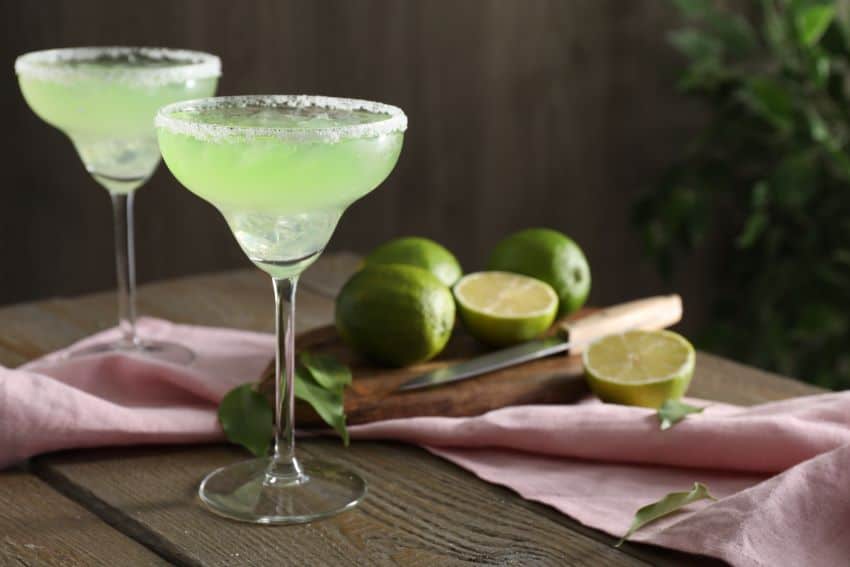
To help you confidently decide which type of tequila is best for mixed drinks and which is best for sipping, we’ve created a glossary classifying the available types of tequila and an explanation of how best to use each one.
What is tequila?
Tequila is a distilled beverage made exclusively with the blue agave, Tequilana weber, which is native to Mexico’s western states. Although 90% of the world’s supply of tequila is produced in Jalisco, the blue agave also grows in Michoacán, Nayarit, Guanajuato, Colima and Aguascalientes, among other states.
The appellation of origin system protects the Mexican tequila’s authenticity. Only spirits produced using the blue agave in 180 municipalities of Jalisco, Guanajuato, Michoacán, Nayarit and Tamaulipas, can be labeled as tequila.
How many types of tequila are there?
Tequila is divided into two categories based on the sugars the spirit contains. The first one is simply tequila, which comprises 51% blue agave and 49% other sugars. The other type is tequila 100% agave, which, as the name suggests, is made entirely from blue agave.
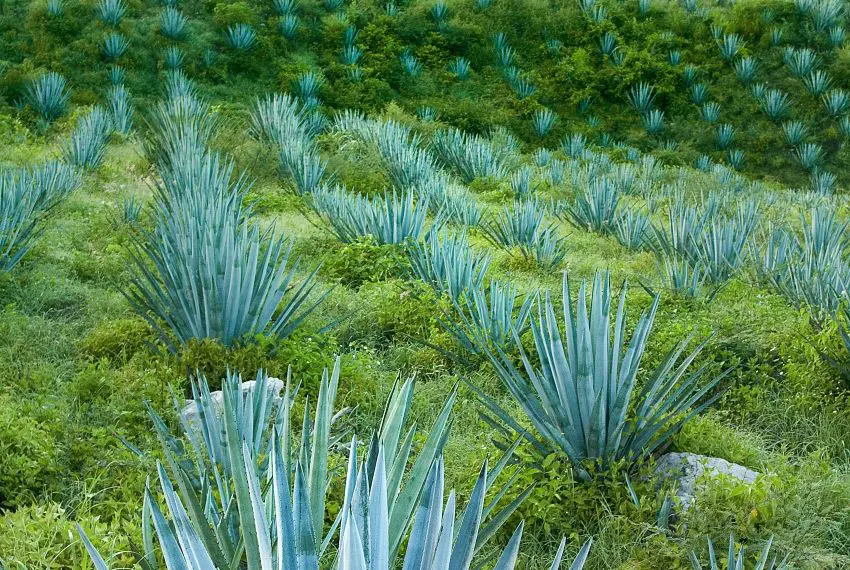
Based on the amount of time the spirit spends maturing in barrels, tequila is divided into five types: blanco, joven, reposado, añejo and extra añejo.
Let’s take a look at each one.
Blanco
Also known as plata or silver, blanco is the typical choice for preparing a margarita or paloma. It has a soft herbal aroma that includes notes of citrus, agave, fresh fruit and flowers.
Tequila blanco is not aged and spends no time in contact with oak, which is why it stays crystalline and colorless. For this reason, many tequila enthusiasts consider it the purest expression of an agave spirit. A good bottle of blanco can be prized for sipping, so don’t relegate it to cocktails alone.
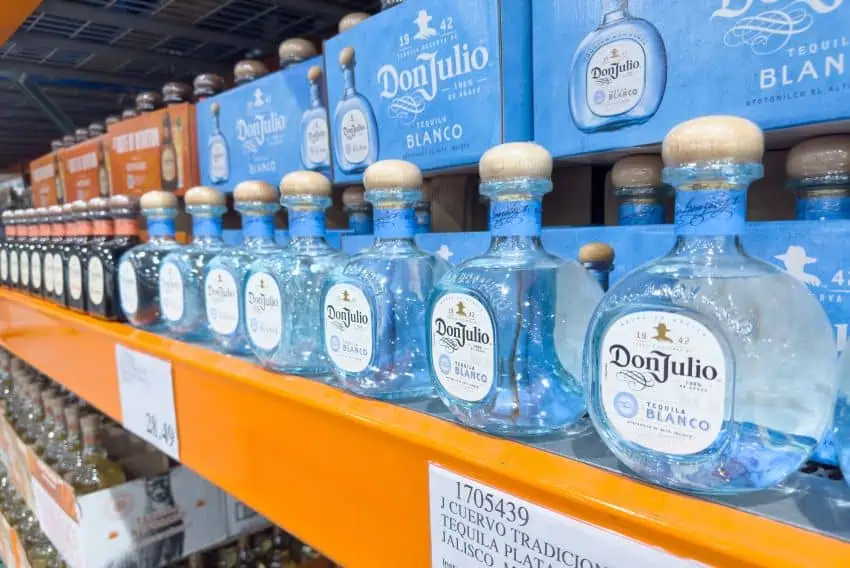
Joven
Joven, which means “young,” is a somewhat rare style of tequila that blends tequila blanco and one or more aged tequilas. The time it spends aging varies, as it is a result of blends.
Taste wise, this type of tequila is a bridge between the herbal notes of tequila blanco and the delicate touches of oak and other additions of the tequila reposado. It is a good base for margaritas, palomas and martinis.
Tequila joven can feature additives allowed by the Tequila Regulatory Council (CRT), the organization that oversees tequila’s appellation of origin and represents producers. Some of these include caramel color, wood or oak extract, glycerin and sugar-based syrup. It is also known as oro, or gold.
Reposado
Reposado translates as “rested.” After distillation, it spends at least four months — and up to two years — in an American white oak barrel that infuses the spirit with its distinctive light straw color and golden reflections. It has ripe fruit aromas combined with wood and spices.
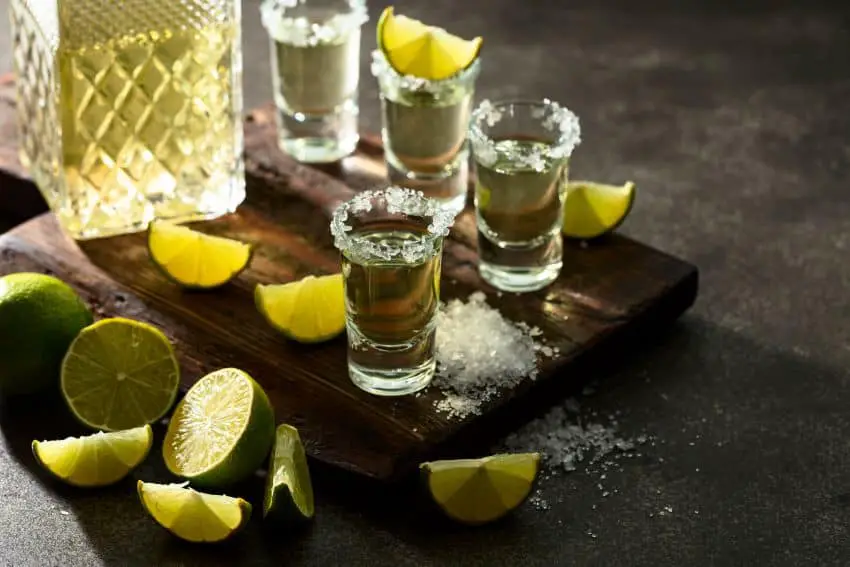
We Mexicans don’t blend a tequila reposado into a cocktail. The best recommendation is to drink it derecho, meaning without blending and at room temperature. To make it more refreshing, you can add ice.
Another popular and classic way to drink a reposado is sipping it in the form of a banderita, which replicates the colors of the Mexican flag. The drink consists of three different shot glasses called caballitos filled with lime juice, tequila and a spicy tomato-based drink called sangrita.
Añejo
Añejo means “old,” a name that references the years this tequila spends in an oak barrel after distillation — at least one, and up to three. This resting period gives añejo its characteristic amber and coppery brightness. It has dried fruit aromas blended with intense notes of wood, chocolate, honey, vanilla, olive or spices.
Due to its profound flavors, tequila añejo is best enjoyed through slow sipping, at room temperature or with ice. It is typically served in brandy or whiskey glasses. However, it can be a good substitute to whiskey in some cocktails, like the añejo old fashioned.
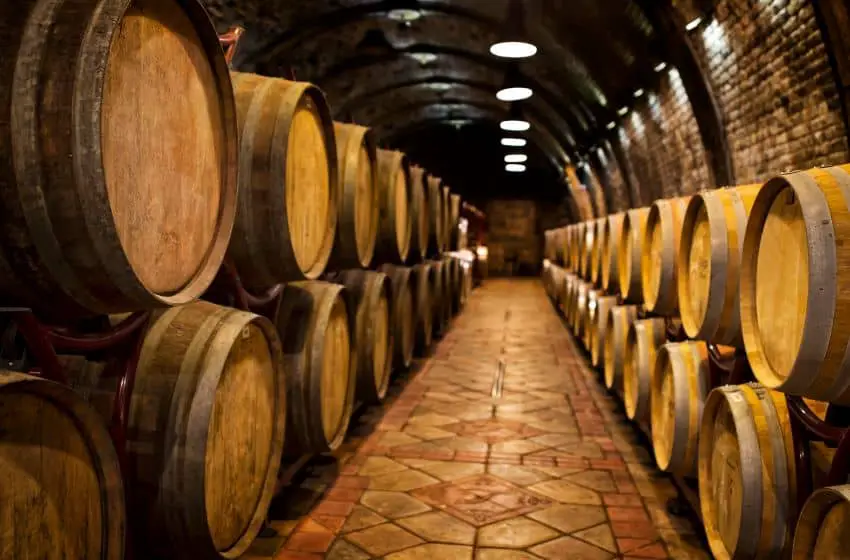
Extra Añejo
This is a relatively new style of tequila introduced to the market in 1995 by Jalisco’s Beckmann family, owners of tequila José Cuervo. Aged for at least 40 months, it has notes of honey with hints of cocoa, vanilla, nuts or candied orange.
While most distillers use a variety of wood barrels to age extra añejo tequila, the most popular ones are made of American and French oak.
Tequila extra añejo is a good substitute for bourbon or whiskey in cocktails. However, it is best enjoyed derecho: at room temperature or on the rocks in a cognac glass.
Salud!
Gabriela Solis is a Mexican lawyer turned full-time writer. She was born and raised in Guadalajara and covers business, culture, lifestyle and travel for Mexico News Daily. You can follow her lifestyle blog Dunas y Palmeras.
